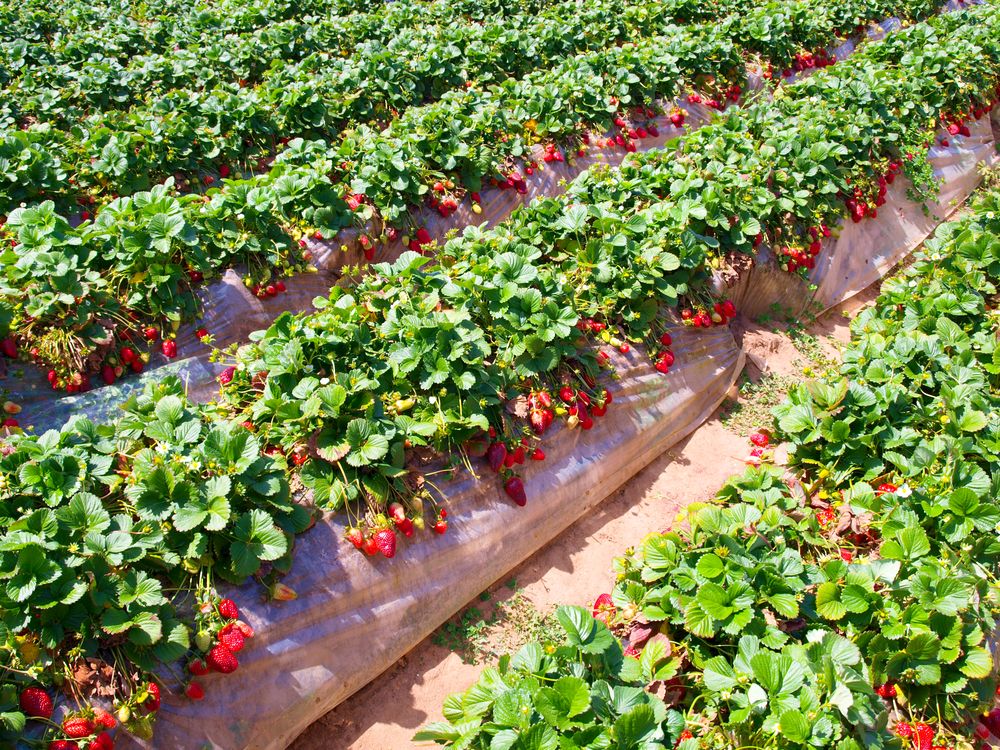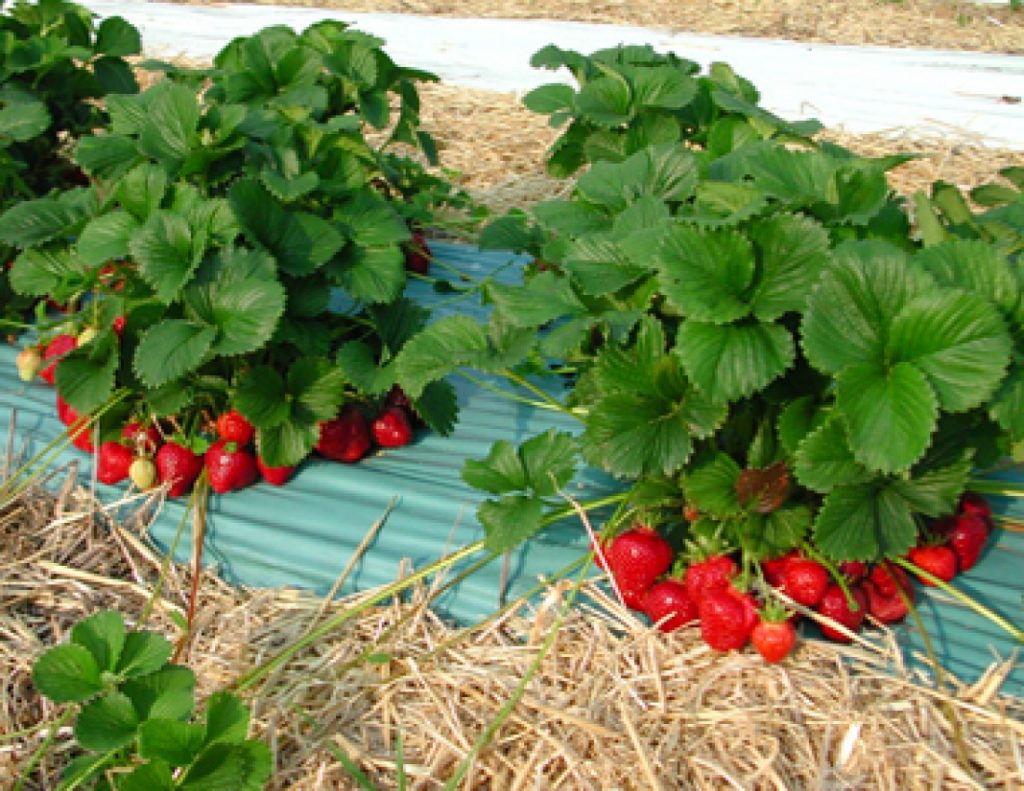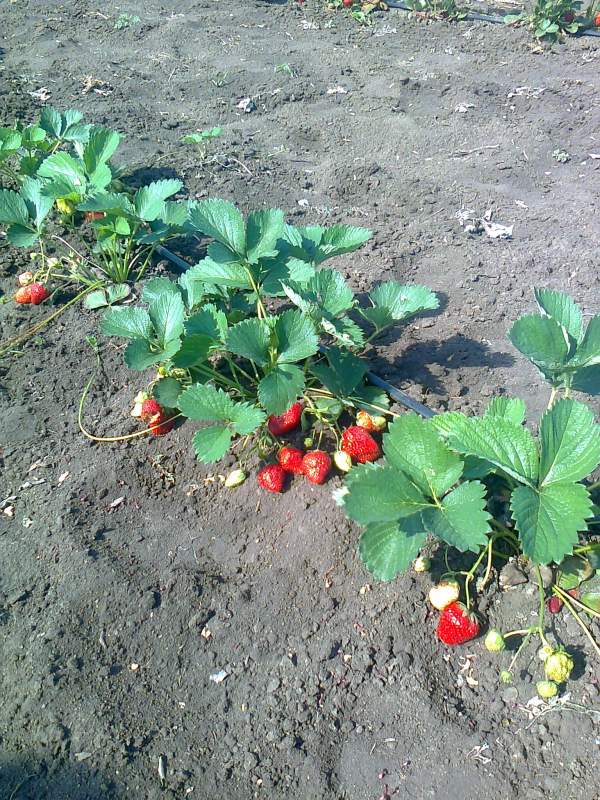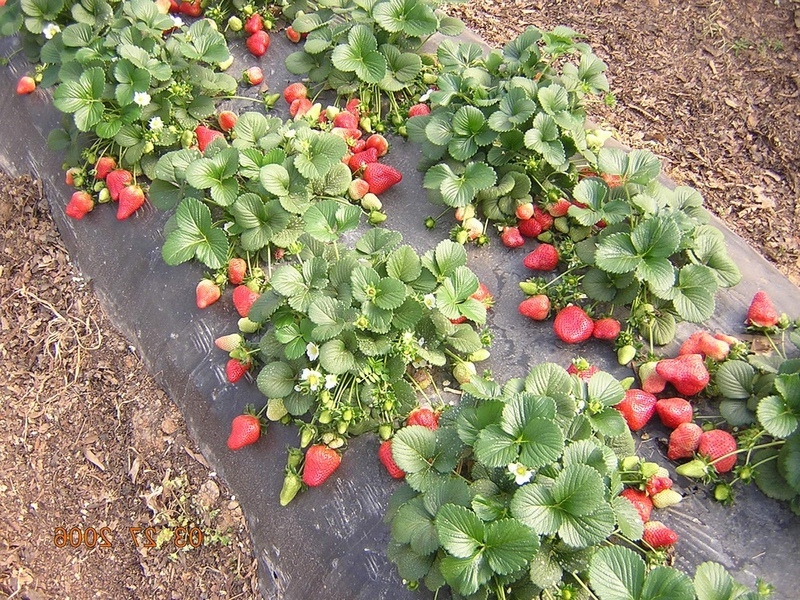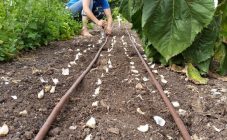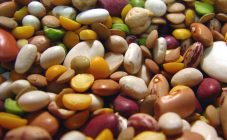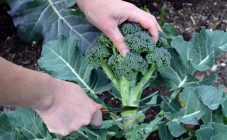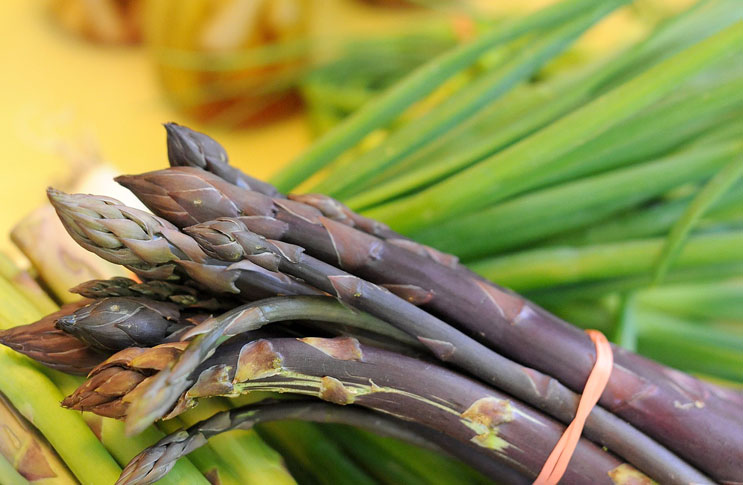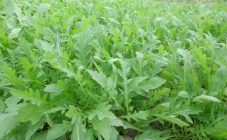Content:
The variety of strawberry and strawberry varieties allows growing berries in different climatic conditions, both in the southern regions and in Central Russia, the Urals and Siberia. Strawberries feel great in a greenhouse as well as on a sunny balcony. Growing strawberries outdoors does not take heroic but regular effort.
Conditions for growing berries
The desired strawberry variety is selected according to the ripening period, depending on what kind of weather prevails in spring and summer in a particular region, the size of the fruits and resistance to unfavorable climatic conditions are also important.
Sunlight is extremely important for strawberry bushes - the garden should be located in an open area, not shaded by any plantings and fences. Shade-grown berries will taste sour.
In the Urals and Siberia, remontant strawberries take root well, which yields twice a season with a neutral daylight hours, that is, when the summer is not too sunny.
It is very important that in winter the site is not blown through by strong winds and drafts. In order for the bushes not to freeze, you need a good layer of snow (at least 25 cm).
How to choose and prepare a landing site
The location of the cottage plays an important role. In the lowlands, where the air is cooler than elsewhere, the conditions for strawberries are not the best. Where melt water and precipitation collect, strawberry roots will rot. Berries grow best where there is a slight slope towards the south or southwest.
It is best to choose land where cereals, legumes, parsley, dill, lettuce, sorrel were previously grown, they clean the soil. In no case should you plant strawberries where potatoes, cucumbers or tomatoes, peppers, pumpkins, onions, eggplants, corn, cabbage, garlic and beets previously grew. It is also not recommended to place strawberry beds in close proximity to other vegetable crops.
When the place of the strawberry bed has already been chosen, you can start digging. When digging up the ground, it is important to remove all weeds.
The bed width should be about a meter (at least 95 cm). Before planting, wood ash or humus is added to the ground, this is a good natural fertilizer. Complex fertilizers such as compost, superphosphate and potassium salt can be used. You can use ordinary wood ash, it contains a lot of potassium. It is not difficult to prepare a solution: take a glass of wood ash, pour in 1 liter of boiling water, insist for 24 hours. You will get a concentrated solution. Another 10 liters of water are added to this solution. For one square meter of land, 1 liter of ash solution will be sufficient.
Superphosphate and potassium salt are diluted according to the instructions.
How to plant a culture correctly
You need to plant bushes in rows at a distance of 50 cm from each other, but more can be done. If the place does not allow planting strawberries according to the rules, you can leave 20-30 cm between the bushes. Plants must be large, healthy and free from damage.Bushes should have a well-developed root system and at least 3-4 leaves.
Seedlings are pretreated - the roots are kept for 10-15 minutes in a solution of copper sulfate or a weak (pink) solution of potassium permanganate. To prepare the solution, 2 tsp is taken. vitriol per 20 liters of water. In addition to the solution, add 6 tablespoons of salt. A solution of potassium permanganate should not contain precipitation, otherwise you can burn the roots. Immediately before planting, the bed is watered abundantly.
If the site is not in a lowland, a high bed of berries will not be required. If the place is low, it is better to build a high ridge - from 10 to 40 cm high.
The best time to plant is mid-July. Planting is advised to be done in cloudy weather or in the evening. After the bed has been dug up and fertilizers have been applied to the ground, the soil should be leveled and a thin layer (about 2 cm) of ordinary sand should be poured on top. The sand will keep the snails from spoiling the harvest. You should not bury the bush too deep so that the roots do not rot. Try to lay the roots vertically in the hole, and before that, carefully straighten them with your hand. After all the manipulations, when the seedlings are already in the garden, the bushes are watered abundantly.
How to grow strawberries correctly so that they will surely take root? During the day after planting a bush in open ground, strawberries are watered from a watering can three times a day, but not too abundantly. If the weather is sunny and hot, in the first 2-3 days after planting, you need to protect the seedlings from the sultry sun, cover it with a covering material.
How to water strawberries for a high yield
It is important to carry out all manipulations in a timely manner, without deviating from the schedule.
The yield of strawberries is half dependent on agricultural technology; soil acidity is important for plants. In autumn, liming can increase the acidity. Slaked lime is introduced into the soil to a depth of 20 cm. It can be scattered over the surface, without sprinkling it with earth, and wait for the rains, but then the volume of lime will be several times less than the norm. The rains will wash away the lime and it will be absorbed into the soil.
In addition to lime, to increase the acidity, lake lime, marl (rock-like sedimentary rock), chalk, and dolomite flour are added. It is necessary to add acidic components every 3-5 years; in 5 years, the acidity of the soil is restored to its previous level.
It is very important to assess the land before the strawberries are planted.
You should also carefully consider the land, examine it for the presence of pests. Strawberry beetles, wireworms, and other insect larvae shouldn't spoil your crop. For prophylaxis, you can treat the earth with an ammonia solution - 20 liters per 1 hundred square meters.
It is not advised to use chemical ingredients to fertilize plants. It is better to give preference to natural ones.
Urea (carbamide) is a mineral fertilizer, it contains nitrogen, which is already in the soil, but it is extremely difficult for plants to assimilate it. Urea contains just that nitrogen that is easily absorbed. Feeding with urea can be carried out three times per season. You can buy urea granules at your gardening store. To prepare a solution, 2 tablespoons of granules are diluted in 10 liters of water. 10 liters is enough for 20 bushes, the solution is applied at the root. Root feeding is carried out before flowering, in early spring.
When the strawberries are in full bloom and fruiting, you can treat the bushes with urea again. But during this period, top dressing will be foliar. In accordance with the instructions, 1 tablespoon is diluted in 20 liters of water, the bushes are sprayed with this solution. Leaves perfectly absorb nutrients.
The last time they feed the strawberries with urea in the fall, during the preparation of the plants for winter. Nitrogen helps plants to strengthen roots and build strength for the next season.The mineral is applied in the same way as in the spring - at the root.
It is also important to remove the whiskers in time throughout the flowering and fruiting of plants. If not removed, the bush will not bear fruit well. Damaged and diseased leaves must be removed immediately, dry and rotten ones too. Weeds should also be removed in time, after removing the ground around the bush, you need to loosen a little.
How to get a good harvest of strawberries without the use of chemicals? You can prepare a healthy home-made herbal solution that was popular a few years ago, when ready-made mineral fertilizers were not on sale yet. Plain grass growing in the garden is plucked, crushed or crushed, placed in a large container, poured with water, preferably hot. The grass can be crushed with a load - a heavy stone or bricks. So the infusion is left under the sun for a week. No need to stir!
Be sure to cover the container with a lid so that the nitrogen does not evaporate. To prepare the infusion, you can use clover, nettle, potato tops, dry hay. It is not recommended to use grass that has already grown a seed.
This solution must be diluted with water before being applied under the bush. Add 10 liters of water per liter of herbal solution. Such fertilization will be appropriate during the period of flower formation, while it has not yet blossomed. Can be poured under the root or sprayed on the leaves.
Secrets of good fruiting
It is recommended to update the place of the strawberry ridge every 2-4 years. If there are a lot of beds and it is difficult to transfer everything at once, you can transfer them one by one, for example, one bed in the current season, the next beds in the next season. Updating the location of the bushes will prevent viruses and harmful microorganisms from multiplying in the soil.
If the soil is fertile, in order to avoid excessive growth of greenery, fertilizing should be done only 2 times per season - before flowering and after harvest.
After the harvest is harvested, you need to prepare the plants for winter. The exact time cannot be named, because in different regions the season ends at different times. In southern Russia, the harvest is harvested 2 times, the end of the season there is in September. And in other regions, the end of the strawberry harvest is the beginning and middle of August.
Excess mustache must be removed 2 times per season - in spring and autumn (at the end of September). It is better to do this with pruning shears or sharp scissors so as not to uproot the plant. You can leave a few mustaches (2-3 pieces) and an outlet, and cut out the rest if the bush needs an update. Dry and damaged leaves are also removed.
In central Russia and in the North, the bushes are covered in late autumn, when the temperatures are below zero at night. It is important that the ridge is clean and free of weeds. You can cover it with snow (if it has already fallen), sawdust, dry reeds, spruce branches, hay or a special covering material. They cover not only the roots, but also the bushes, the entire garden bed.
Additional Information:
- In one place, strawberries can bear fruit for 4-5 years. To do this, you need to regularly feed it, loosen the ground, weed the weeds.
- On 1 acres, you can plant about 200 strawberry bushes, if the distance between the rows is 60 cm, and between the bushes 20-30 cm.
- The yield from 1 weave of strawberries for the entire season in the open field will be from 50 kg to 100 kg.
- To increase the yield of strawberries in the open field and enjoy the berries all year round, you need to fulfill one condition: select different varieties of plants, about 3-4 varieties at once. As you know, different varieties, early ripening, mid-ripening, late-ripening ripen at different times. Thus, you can increase the yield.
- To keep the strawberries in the garden clean, you can cover the ground under the bush with a good layer of sawdust, straw and hay. You can also cover the ground with black weed coverings. But it is necessary to lay this material when planting young seedlings in the ground.
- A multi-tiered horizontal bed with hanging boxes also keeps the berries clean and makes it easier to care for them. The manufacturing technology of such beds also allows the use of wide pipes as a vertical flower bed.
- The strawberry yield in a greenhouse per square meter will be about 25 kg per season.
Features of growing strawberries
In the suburbs, they know how to grow strawberries, and they successfully harvest early and mid-season varieties. The berries grow quite large and tasty. In good summer weather, the first fruits can be harvested at the end of June.
How does strawberry grow in the Kuban? The climate here is very warm. This allows harvesting from mid to late May to mid September. Grown in a greenhouse, strawberries bear their first fruits in early May. Closer to autumn, strawberries of late and medium ripening bear fruit.
So, we can conclude that a good harvest requires only knowledge of how to grow strawberries, and a great desire. With regular maintenance, even a beginner can handle a strawberry patch.
